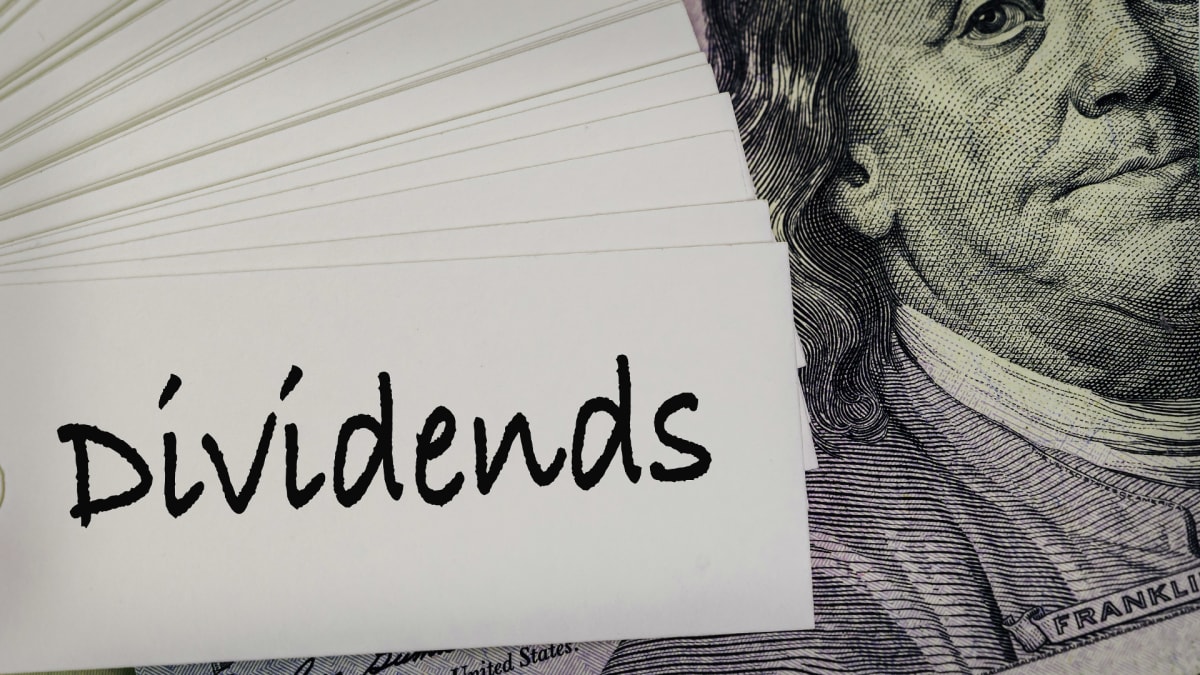
The financial media can get a little carried away at times. Of course, I understand the irony to writing these words.
It's not uncommon to see headlines tailored to excite and amuse. It can be difficult to stand out in our noisy internet. Many publications also generate the bulk of their revenue from advertisements, which unfortunately means clicks can sometimes take precedent over providing useful or actionable information.
For example, one trendy headline theme lures in readers with promises to earn sky-high dividend yields. You might be surprised how many stocks, exchange traded funds (ETFs), and real estate investment trusts (REITs) offer double-digit dividend yields on an annualized basis. That might sound attractive at first, especially in our new world of high and sticky inflation.
However, a high dividend yield is often a sign of risk and underperformance, not opportunity. Here's why individual investors should think twice before prioritizing sky-high dividend yields as the primary metric for evaluating an investment.
Total Return Is More Valuable Than Dividend Yield
What good is owning a stock with a 20% dividend yield if shares decline by 50% over the long haul? This highlights the importance of prioritizing the total return over the dividend yield. The total return of an investment includes the share or unit performance with dividends included. An unusually high dividend yield is usually a sign of risk and typically accompanied by poor total returns in meaningful periods of time.
Consider the REITs Office Properties Income Trust (OPI) and Easterly Government Properties (DEA), which boast annual yields of 14.9% and 6.7%, respectively. Both wallop the 1.8% annual dividend yield of the S&P 500 and easily double the highest high-yield savings accounts.
The total returns tell a much different story.
- The boring old S&P 500 has delivered a three-year, five-year, and 10-year total return of 29%, 56%, and 210%.
- Office Properties Income Trust has delivered a three-year, five-year, and 10-year total return of -37%, -69%, and -60%.
- Easterly Government Properties has delivered a three-year, five-year, and 10-year total return of -16%, -1%, and 48%.
The same is true for recently-crowned dividend leaders such as Big Lots (BIG). Shares currently sport an annual dividend yield of 7%, but that's mostly because shares have declined 67% during 2022. If the share price declines and the dividend payouts remain unchanged, then the dividend yield increases. It's generally not a favorable development.
Shares of Big Lots have delivered a three-year, five-year and 10-year total return of -12%, -63%, and -30%.
Outliers do exist. Coal miner Alliance Resource Partners LP (ARLP) has recently performed very well due to surging energy prices. Units of the limited partnership boasted an annual dividend yield of 8.5% in 2012, over 25% in 2016, and nearly 60% at the depths of the coronavirus pandemic in 2020. They currently yield over 7%.
Despite those eye-popping dividend yields, total returns are mixed in meaningful periods of time. Units of Alliance Resource Partners have delivered three-year, five-year, and 10-year total returns of 100% (easily beating the S&P 500), 67% (barely beating the S&P 500), and 63% (easily losing to the S&P 500).
If investors look at the stock chart, then the recent outperformance of Alliance Resource Partners compared to the S&P 500 only started in April 2022 (for the three-year comparison) and July 2022 (for the five-year comparison). Surging coal prices drove a 50% increase in coal-related revenue during the first half of this year compared to 2021. It's unlikely to be sustainable.
Other limited partnerships focused on energy have also surged recently and have outperformed the S&P 500 in 2022. For the trend to continue investors would need global energy prices to remain elevated, coal consumption to halt its multi-year decline, and the global economy to avoid a recession. That's an unlikely trifecta.
Dig Deeper Than Dividend Yields
Investing is first and foremost about returns. It's easy to see an annual dividend yield in the double digits and stop there, but individual investors must focus on total returns over meaningful periods of time.
In rare circumstances it could pay off to make bets on specific dividend leaders. For example, if you invested in Alliance Resource Partners in mid-2020, then you'd have earned a total return of nearly 800% since then. But most of those returns were earned through the perfect combination of fiscal and geopolitical events that were nearly impossible to predict and are unlikely to persist.
For most investors, the ho-hum dividend yield of the S&P 500 is often a better choice for a long-term investment. You may not earn much in dividend payouts, but you'll more than make up for that loss of regular income with steady and reliable returns.







